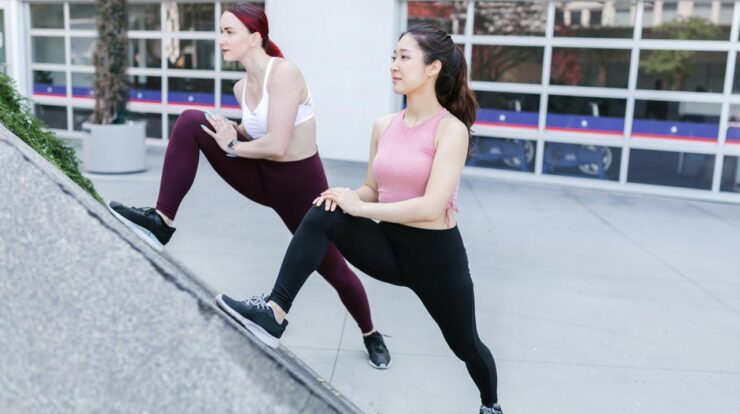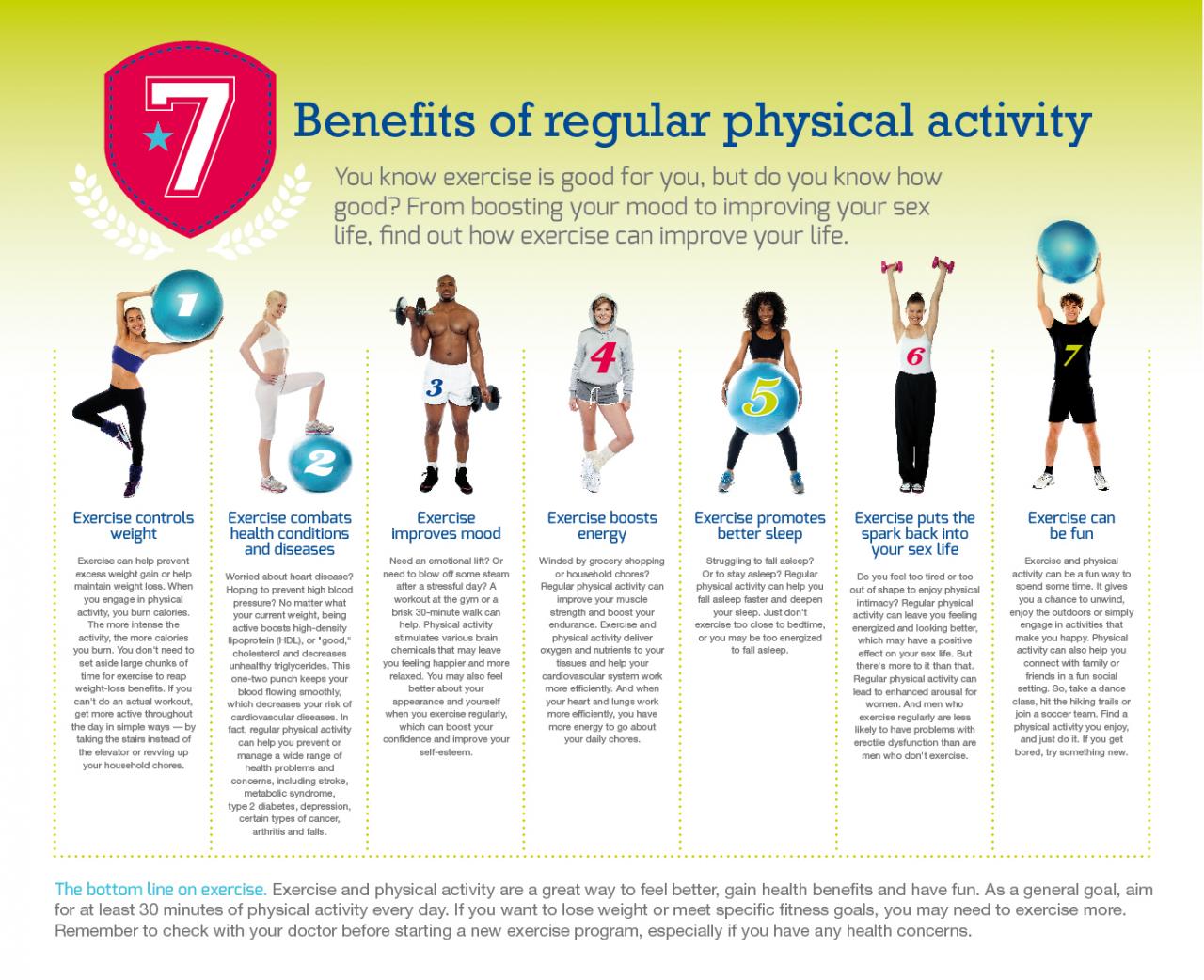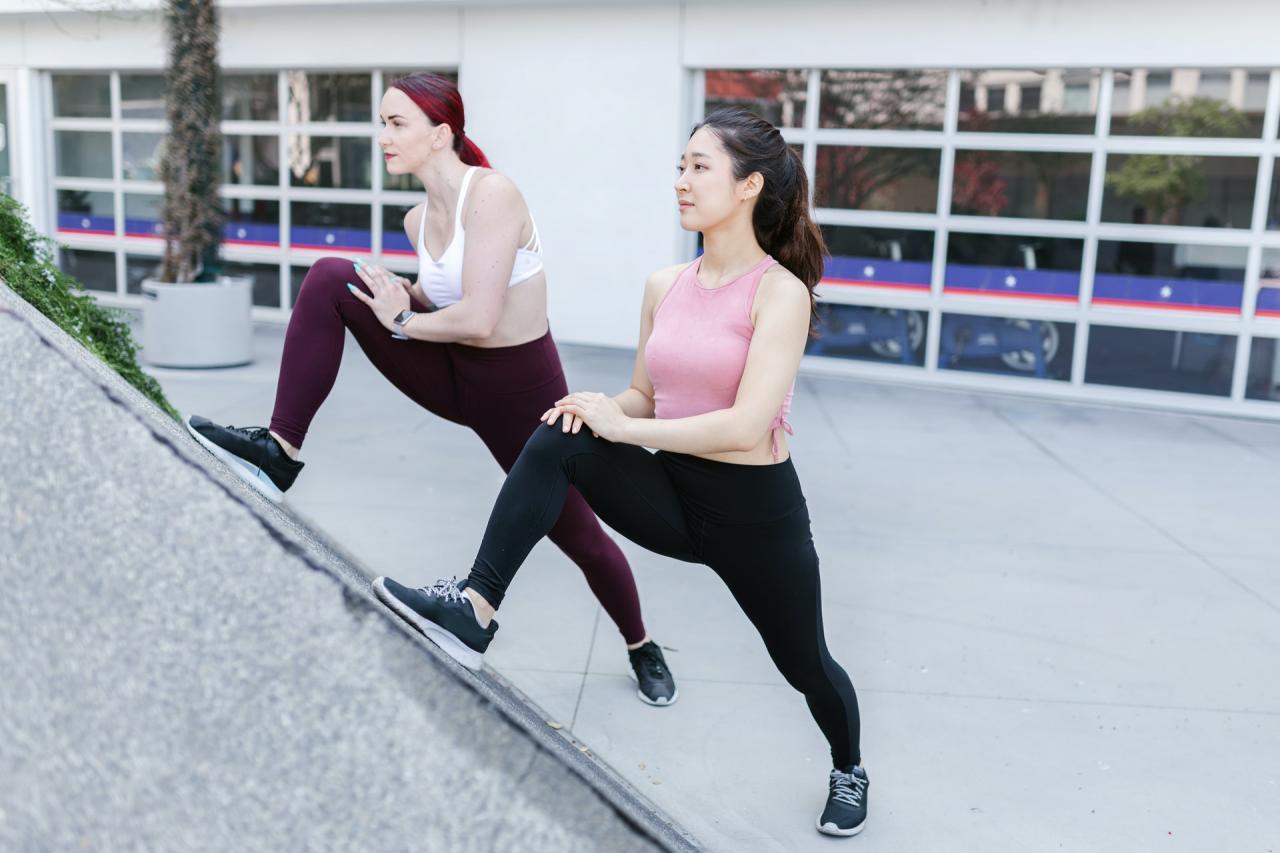
Explain why regular exercise is the best way to prevent flexibility issues. – As the adage goes, ‘A healthy mind resides in a healthy body.’ Regular exercise plays a pivotal role in maintaining overall well-being, including preserving flexibility, which is essential for everyday movement and long-term health.
If you’re looking for a way to say “Happy Mother’s Day” in German, check out this website: happy mother’s day in german .
This article delves into the myriad benefits of regular exercise in enhancing flexibility, exploring the physiological adaptations it triggers, and highlighting its significance for overall health. Additionally, it underscores the long-term effects of exercise on flexibility, emphasizing its role in preventing flexibility issues and promoting mobility.
Physical Benefits of Regular Exercise

Regular exercise is crucial for maintaining flexibility, which refers to the range of motion around a joint. Exercise helps improve flexibility by:
- Stretching and lengthening muscles: Exercise involves repeated movements that stretch and elongate muscles, increasing their range of motion.
- Improving joint mobility: Exercise lubricates joints and strengthens the muscles surrounding them, allowing for smoother and more extensive movements.
- Enhancing balance and coordination: Flexibility exercises often involve multi-joint movements, which improve balance and coordination, essential for everyday activities.
Examples of Flexibility Exercises
Some specific exercises that enhance flexibility include:
- Dynamic stretching: Involves controlled movements that gradually increase the range of motion.
- Static stretching: Holding a stretch for a prolonged period to improve muscle elasticity.
- Yoga and Pilates: Incorporate a variety of poses and movements that stretch and strengthen muscles.
- Tai chi and qigong: Mind-body practices that focus on gentle movements and deep breathing, improving flexibility and balance.
Physiological Adaptations to Exercise
Regular exercise triggers physiological adaptations that contribute to increased flexibility. These adaptations include:
- Increased muscle elasticity: Exercise stimulates the production of elastin, a protein that gives muscles their elastic properties, allowing them to stretch and recoil more easily.
- Improved joint mobility: Exercise increases the production of synovial fluid, which lubricates joints, reducing friction and improving range of motion.
- Strengthened connective tissues: Exercise strengthens tendons and ligaments, which connect muscles to bones and provide stability to joints, allowing for greater flexibility.
Importance of Flexibility for Overall Health: Explain Why Regular Exercise Is The Best Way To Prevent Flexibility Issues.

Flexibility is essential for overall physical well-being. It affects:
- Balance and coordination: Good flexibility improves balance and coordination, reducing the risk of falls and injuries.
- Posture: Flexibility helps maintain good posture, reducing strain on muscles and joints.
- Performance: Flexibility enhances athletic performance by allowing for greater range of motion and power.
Examples of Daily Activities that Require Flexibility
Flexibility is crucial for everyday activities such as:
- Reaching for objects overhead
- Bending down to tie shoes
- Walking and running
- Getting in and out of a car
Long-Term Effects of Exercise on Flexibility

Regular exercise can help prevent flexibility issues in the long run. It:
- Preserves joint health: Exercise keeps joints mobile and lubricated, reducing the risk of stiffness and osteoarthritis.
- Prevents injuries: Improved flexibility reduces the likelihood of muscle strains, sprains, and other injuries.
- Maintains mobility: Regular exercise helps maintain mobility as we age, allowing for independence and an active lifestyle.
Examples of How Exercise Can Help Reduce Stiffness and Improve Mobility, Explain why regular exercise is the best way to prevent flexibility issues.
- Stretching exercises can help reduce muscle tightness and stiffness.
- Regular aerobic exercise, such as walking or swimming, can improve circulation and flexibility.
- Strength training can strengthen muscles and improve joint stability, leading to better mobility.
Ultimate Conclusion
In conclusion, regular exercise emerges as the cornerstone of flexibility maintenance and prevention of flexibility issues. By incorporating exercise into our daily routines, we not only enhance our physical capabilities but also invest in our long-term well-being, ensuring a life filled with movement, grace, and vitality.
Snoopy is a beloved character who has been making people smile for generations. This snoopy happy mother’s day card is sure to brighten your mom’s day.
FAQ Explained
What are the specific exercises that enhance flexibility?
Mother’s Day is a special day to celebrate the amazing women in our lives. If you’re looking for a way to show your mom how much you care, check out these happy mothers day wishes mom . They’re sure to make her smile.
Incorporating exercises such as yoga, Pilates, tai chi, and dynamic stretching into your routine can effectively improve flexibility.
If you’re experiencing lower back pain, there are a number of exercises you can do to help relieve it. Exercises to relieve lower back pain can help to strengthen your back muscles and improve your posture, both of which can help to reduce pain.
How does exercise impact muscle elasticity and joint mobility?
Individuals suffering from lower back pain can find relief through various exercises to relieve lower back pain . These exercises, which focus on strengthening the back muscles , can help improve posture and reduce pain. In other news, Mother’s Day is just around the corner, and many people are looking for heartfelt happy mothers day wishes mom to express their gratitude.
For those who love Snoopy, there are adorable snoopy happy mother’s day cards available. And for those who want to wish their mothers a happy Mother’s Day in German, here are some happy mother’s day in german phrases.
Regular exercise helps maintain muscle elasticity by preventing muscle fibers from shortening and stiffening. It also improves joint mobility by increasing the range of motion in the joints.
Why is flexibility important for overall physical well-being?
Flexibility contributes to better balance, coordination, and posture. It also reduces the risk of falls and injuries, making it crucial for maintaining an active and healthy lifestyle.





